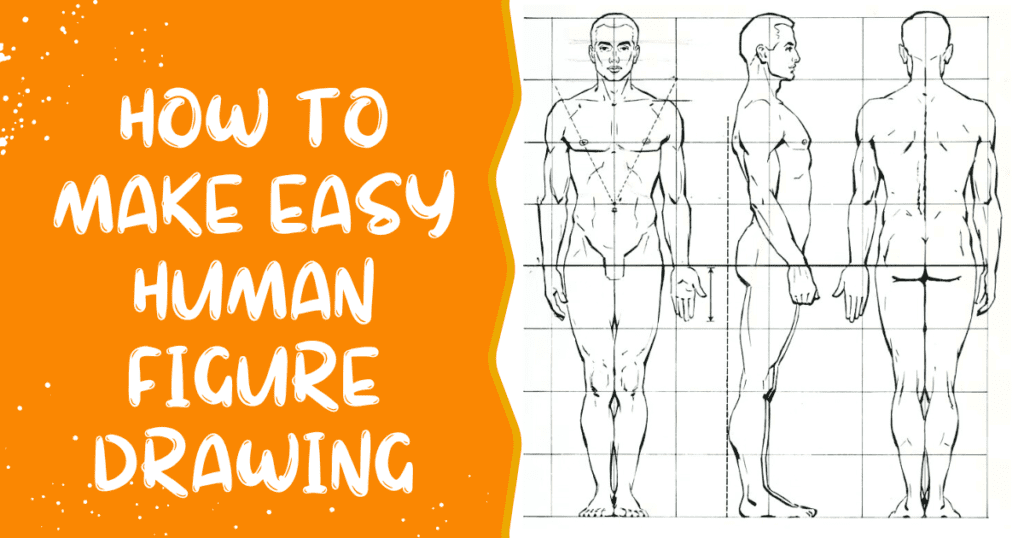
Figure drawing is a form of art of demonstrates the human figure. Easy human figure drawing form in any shape or position, using any drawing medium. However, the level of representation varies greatly, from exact, anatomically realistic representations to loose and expressive doodling. This method also allows the artist to capture the essence of the muscles, textures, and postures of the human body. It is a method for studying the shape and movement of the human body.
It can be used to make portraits, illustrations, sculptures, medical illustrations, and other artwork. In this post, we are going to break down the easy human figure drawing approach for beginners into a few basic phases:
A knowledge of Easy Human Figure Drawing Challenges
Drawing the human form can be difficult because of the complexity of an easy human figure drawing. Every figure is different and poses its own set of proportional, angular, and gestural issues. Furthermore, based on the human figure involves more than just anatomical precision. It is also about expressing emotion and personality, thus it is an interpretive and intuitive process.
You can Download Full HD Figure & Anatomy References for Free. Here’s the link- Download
Begin with the basics
The secret to learning human figure drawing is to begin with the basics. The stick figure is a fundamental element in figure drawing. Though it may appear too rudimentary, the stick figure serves as the skeleton of your drawing, allowing you to plan out the position and determine the figure’s dimensions. Starting with a stick figure allows you to rapidly capture the key features of a posture without breaking it down into small details.


Step-by-step Guide to Drawing Stick Figures
- Get started by creating a simple stick figure. There should be a circle for the head, a line for the body, and lines for the limbs and legs.
- Pay attention to the figure’s stance. Is it standing, seated, or in motion? Adjust the position of the limbs accordingly.
- Once you’ve created your basic stick figure, you can begin to add detail. For example, you could draw curves to represent the shoulders and hips, or lines to illustrate the direction of the face and body.
Focusing on the Basics: Add Shapes and Proportions
Once you’re familiar with stick figures, you can begin to add detail to your drawings. This entails “fleshing out” your stick figures by adding shapes to represent the various body components. It also entails knowing and utilizing the fundamental proportions of the human body.
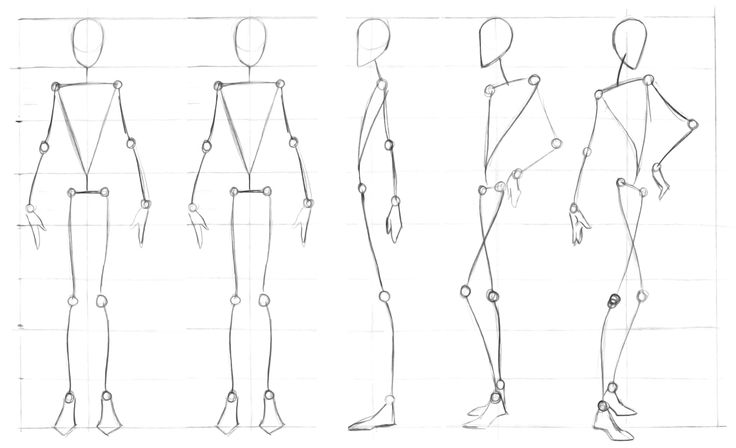
A step-by-step guide for utilizing shapes and proportions
- Begin by adding shapes to your stick figure. This might contain ovals for the head and torso, rectangles for the muscles of the arms and legs, and circles for the joints.
- Pay attention to the figure’s dimensions. A general rule of thumb is that the human body is about eight head lengths tall. Other significant proportions include the width of the shoulders (about two head lengths) and the length of the legs (about four head lengths).
- As you add shapes and change proportions, keep your lines light and flexible. This allows for easy adjustments and fixes as you go.
Collecting Realistic Poses
Recreating accurate postures is an important component of figure sketching. This includes understanding how the body moves and how various stances affect the figure’s proportions.


A Simple Approach to Drawing Realistic Poses
- Begin by studying real people in different stances. This could include people you encounter daily, as well as images and videos of people in specific poses.
- As you observe, consider how the body moves and how different stances alter the figure’s proportions. When a person bends forward, the torso and legs may appear shorter, but the arms may appear longer.
- Practice drawing these stances using your stick figures as a guide. Remember to keep your lines light and loose, and don’t be hesitant to make changes or corrections as you go.
A Simple Way to Draw Realistic Poses
When you’ve mastered drawing fundamental forms and capturing realistic positions, you may begin to include depth and dimension in your drawings. This includes understanding how light and shadow work, as well as how to apply shading techniques to create the illusion of three-dimensionality. (credit – foxprints.com)
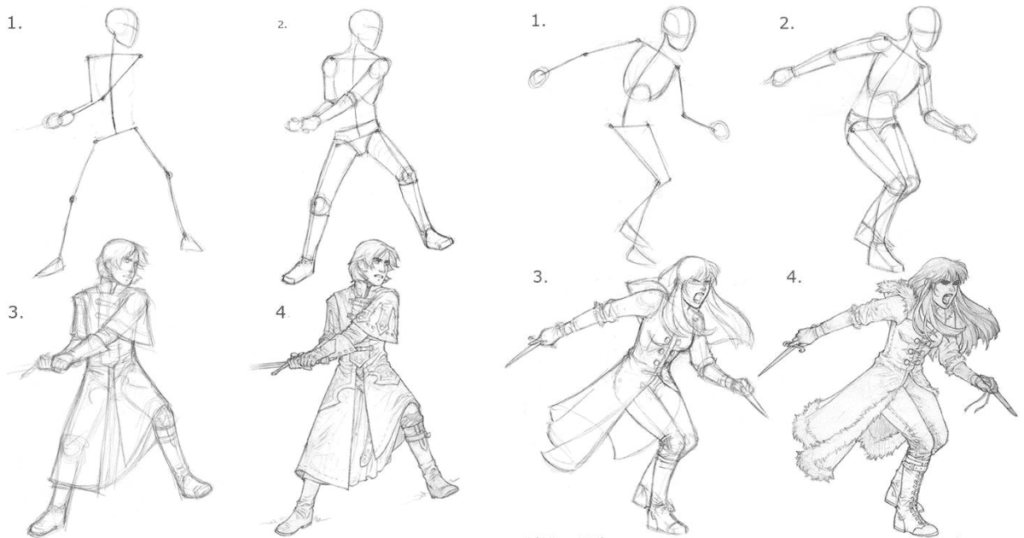
To assist in adding depth and dimension
- Begin by studying how light and shadow interact with the human body. Consider how shadows can assist define the contour of a figure and indicate depth and volume.
- Try adding shadows to your drawings. This could include shading the underside of the arms and legs, the side of the chest, and the neck and face.
- When adding shadows, remember to keep your shading consistent with the direction of the light. For example, if the light is coming from the upper left, the shadows should be on the lower right.
Creating Faces
Drawing faces is frequently seen as one of the most difficult parts of figure drawing, but it does not have to be. With a few simple rules, you can draw faces that are both realistic and expressive.

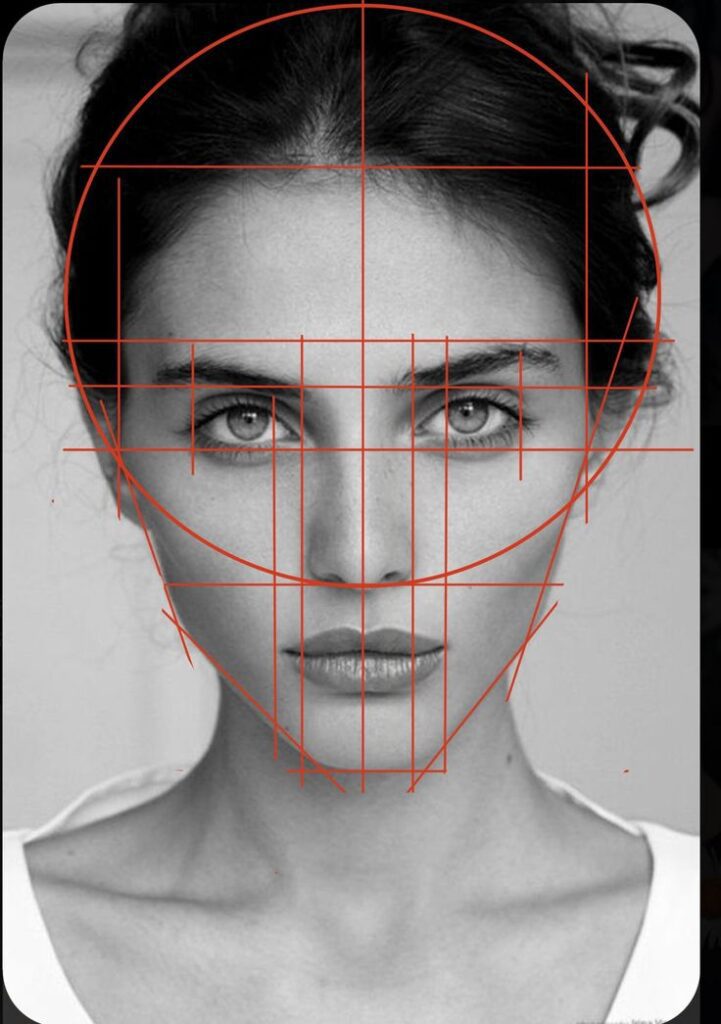
The Complete Instruction for Drawing Faces
- Begin by drawing a simple oval for the head. Draw a line in the middle of the oval to represent the face’s center line.
- Divide the oval into pieces to depict the locations of the eyes, nose, and mouth. A general rule of thumb is to position the eyes halfway down the head, the nose midway between the eyes and the chin, and the mouth halfway between the nose and the chin.
- Once you’ve figured out your fundamental facial shape and proportions, you may begin to add details like the form of your eyes, nose, and lips. When adding details, keep your lines light and loose, and don’t be afraid to make modifications and corrections as you go.
Create a Drawing Plan of action
- Begin by drawing a few vertical and horizontal lines to obtain an idea of the body’s size.
- Calculate the amount of space the head will occupy, as well as the head-to-body height ratio.
- For an average human form, body height should be 7 and a half times head height.
- Drawing 7 horizontal lines to represent the relative arrangement of body components at this stage can help ensure that the human figure’s proportions are correct.
- The armpits would make up the second line below the head, the hips the third, and so on.
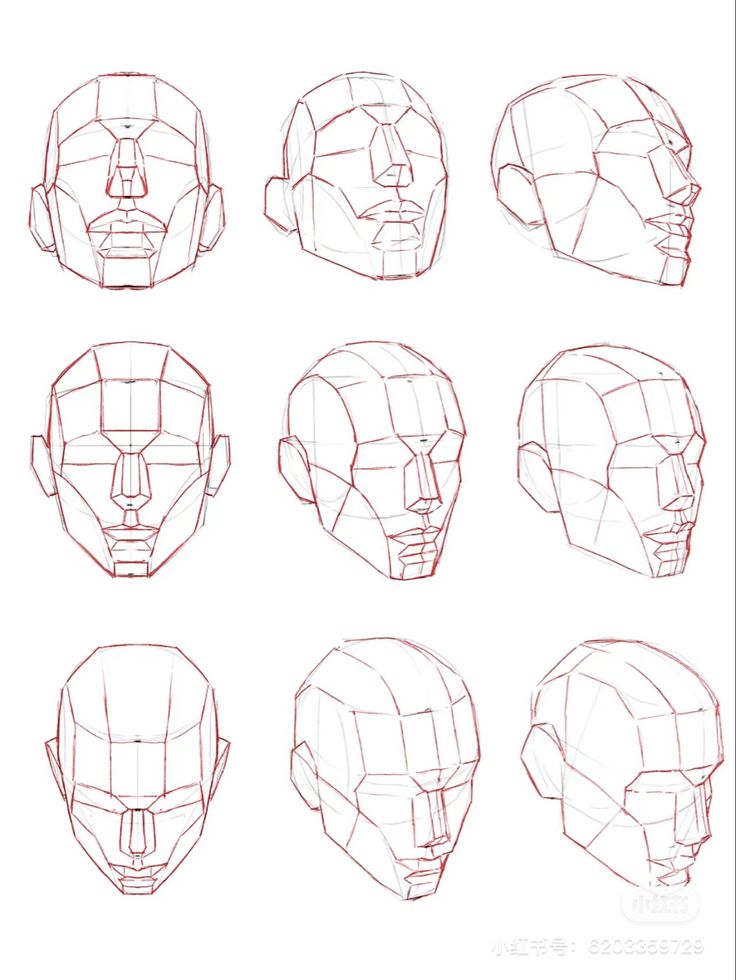
Ending thoughts
Drawing the human figure might be difficult, but with practice and patience, anyone can perfect the technique. Starting with the fundamentals and gradually expanding your skills, you may create realistic and expressive figure drawings that portray the complexity and beauty of the human form. So grab your sketchbook and get drawing! Remember, the most essential thing is to have fun while studying. As the legendary artist Vincent Van Gogh once remarked, “I am always doing what I cannot do yet, to learn how to do it.” Happy sketching!
If you want to get Download Full HD Figure Anatomy References so here’s the link – Download Anatomy Reference.
FAQ’s
Q1. What is the purpose of figure drawing?
Figure drawing is the art of sketching the human figure, often done live with a nude model who is standing or sitting in a pose that emphasizes the figure. This process helps the artist capture the essence of the human body’s musculature, texture, and postures.
Q2. What is the most important factor of human figure drawing?
Proportions are the first thing to learn when drawing bodies because they teach you how to be anatomically correct.
Q3. How hard is figure drawing?
When it comes to art, particularly figure drawing, it is rather simple. Because with Stan Prokopenko’s direction, you may learn how to recognize your faults and then correct them. With practice, you’ll find it easier to draw correctly the first time.
Q4. What is the difference between portrait and figure drawing?
The way I define the difference between a portrait and a figure is basically when the main focus is on the face, I consider it a portrait. When the face isn’t the main focus, I consider it a figure.

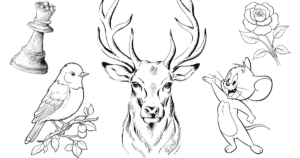

Pingback: Human Face Drawing: 3 Powerful Ways to Shade a Face
Pingback: Mother's Day Drawing 6 Gifts to Show Your Love
Pingback: How to Draw Clothes (Realistically): Apply Pro & Fine Tips
Real Estate I just like the helpful information you provide in your articles